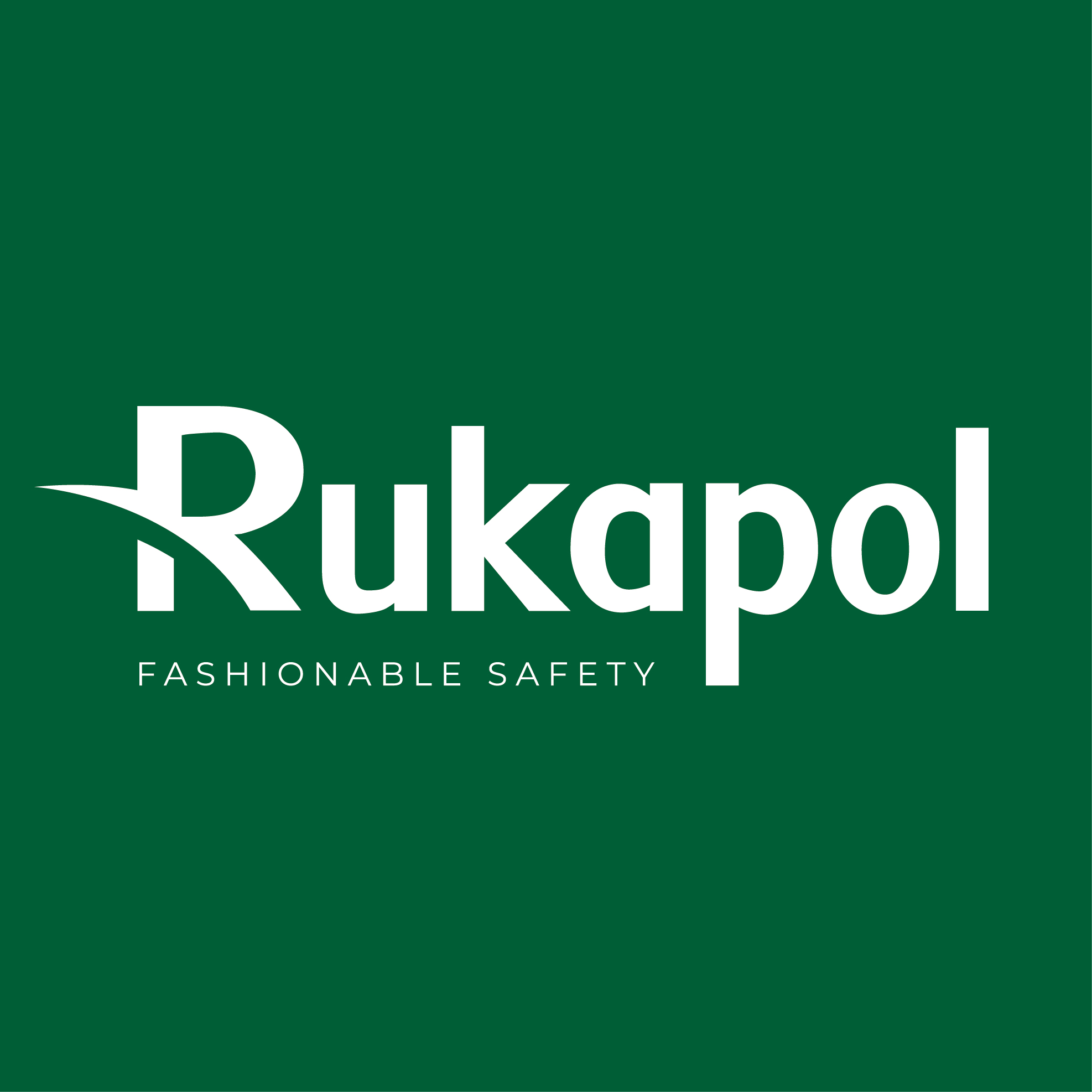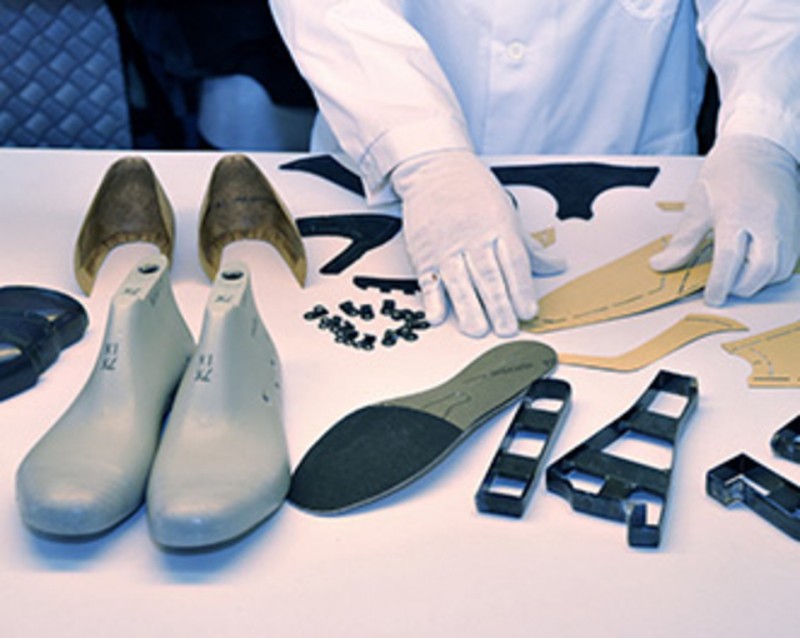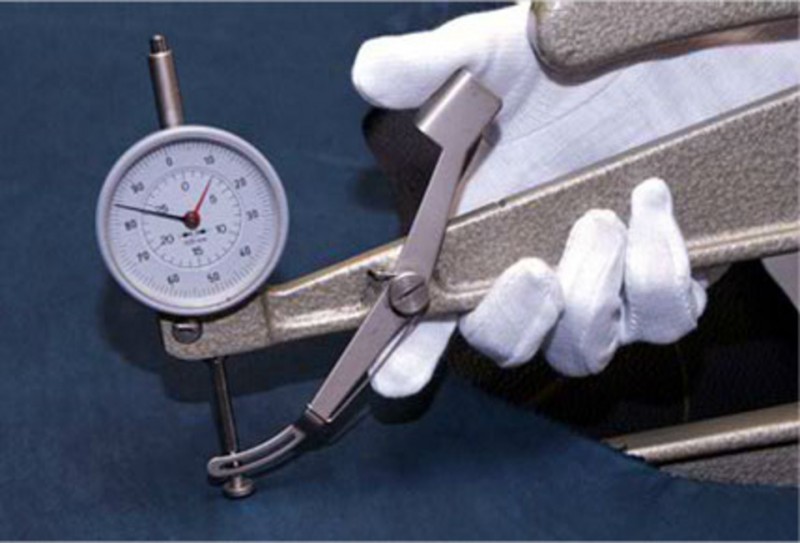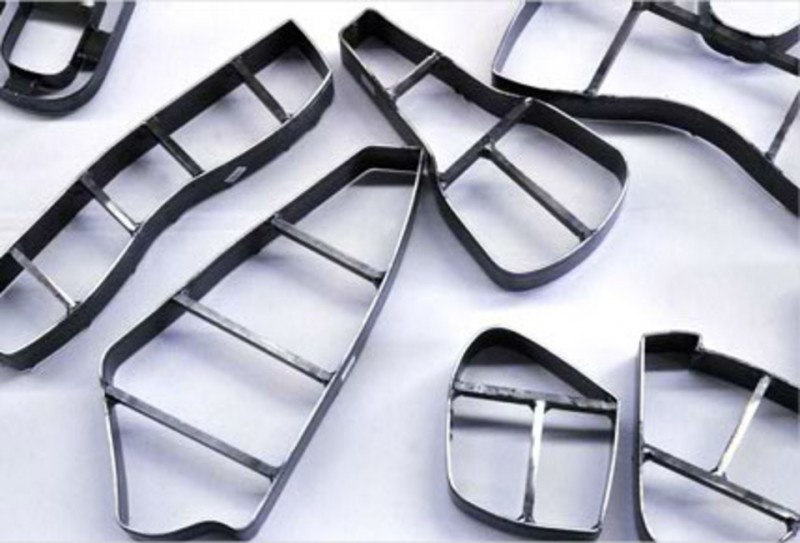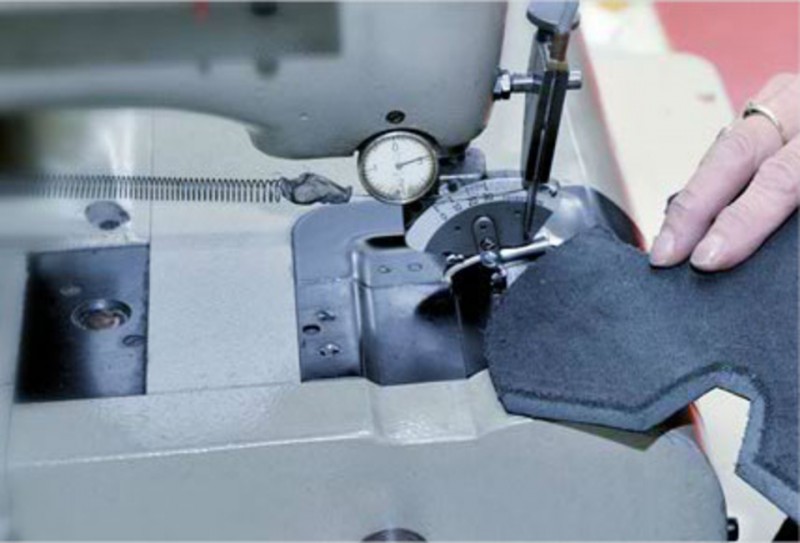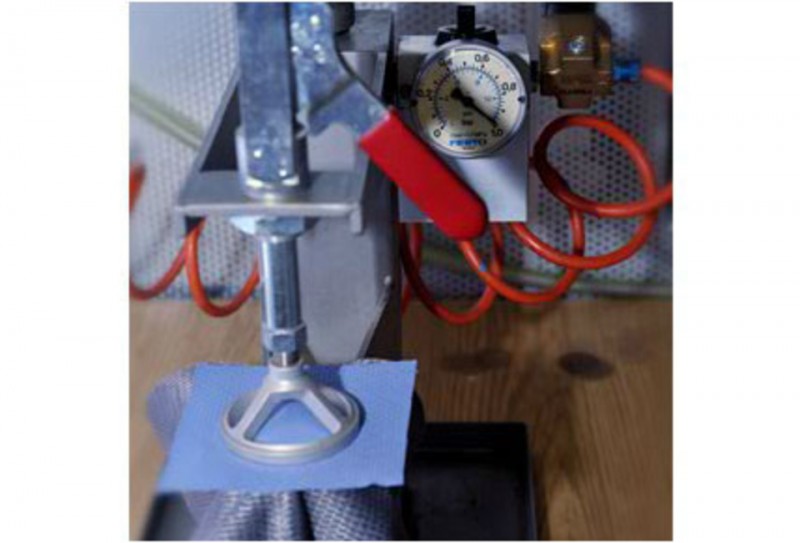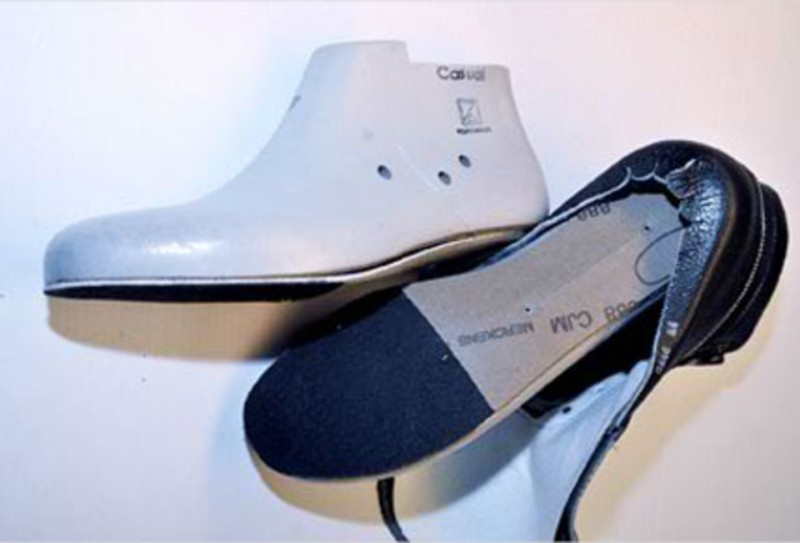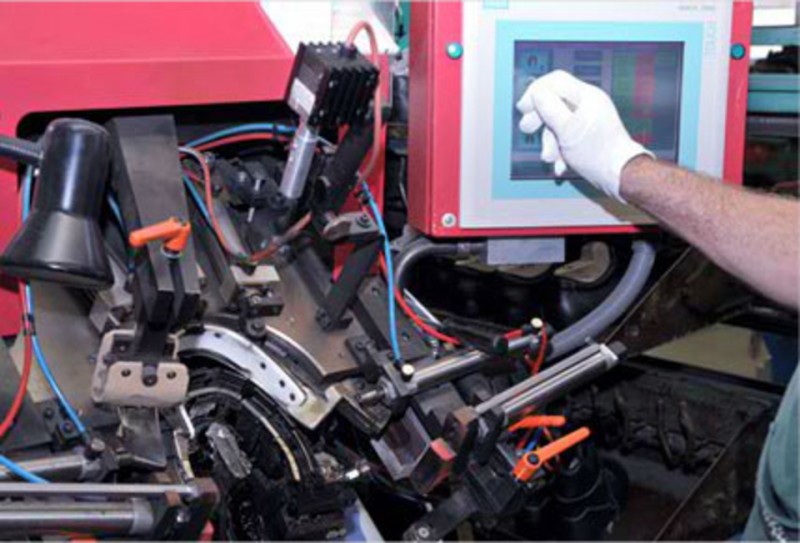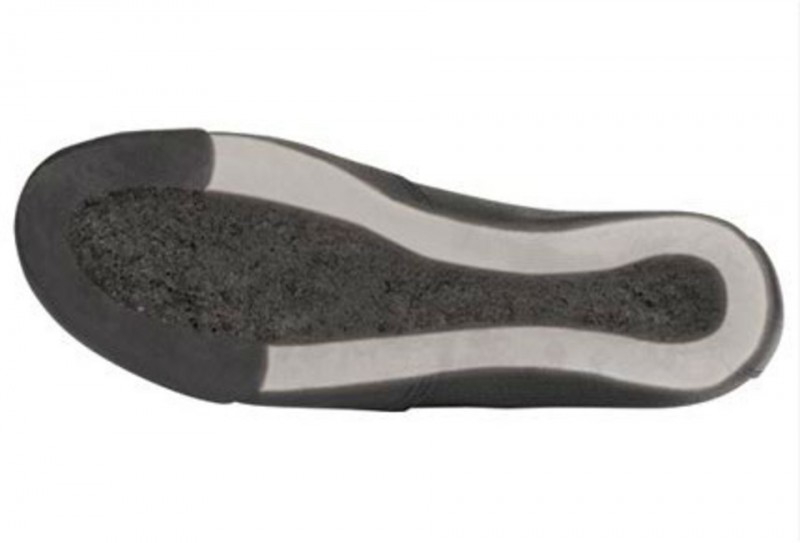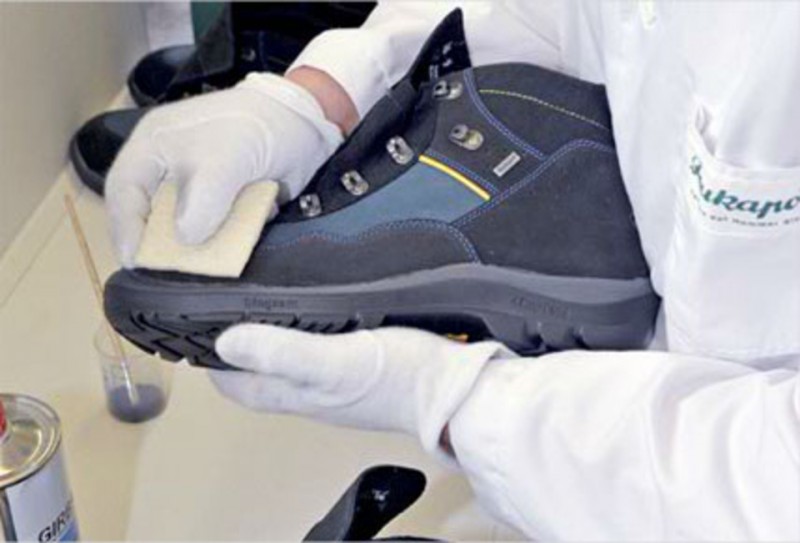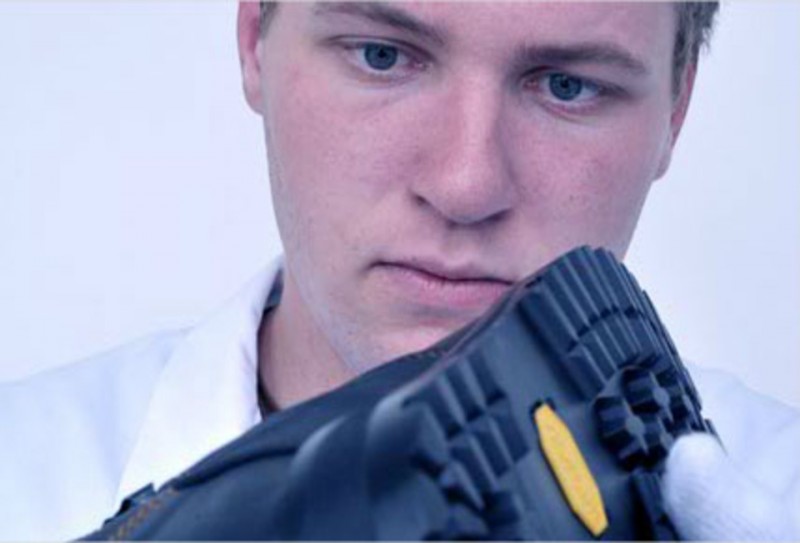ANALYSIS, DESIGN, AND CONCEPTION
“If you don't do something for your health every day, you will have to sacrifice a lot of time and money for your illness one day”.
The human foot is a wonder of nature – an interplay of bones, tendons, and muscles. The “Derks® podology method” concept for safety shoes guarantees that the foot muscles in the safety shoe are specifically activated – the “principle of walking barefoot” is born. The high demands of our customers and the functionality of our Rukapol® shoes is the measure of our work. Producing healthy safety shoes requires precise knowledge of the anatomy of the human foot. Ongoing new findings in the fields of PODOLOY, orthopaedics, and safety and production techniques are continually integrated into our products. Innovative development tools like CAD (computer aided design) and production tools like CAM (computer aided manufacturing) are a matter of course for us at Rukapol®.
PRODUCTION MATERIAL – QUALITY CONTROL
In addition to functionality and workmanship, material quality is one of the three pillars of a high quality safety shoe.
Long-standing, close partnerships with our suppliers are the basis for optimal procurement management.
High-quality materials from the EU area guarantee a consistent quality level. The materials are controlled and tested by our expert staff according to strict quality criteria.
QUILTING (SEWING)
The individual parts of the shoe shaft are first prepared for stitching. The “buffing” of the leather in the seam transition area guarantees a constant leather thickness.
The individual parts are then sewn together to form the finished shaft part. Despite the use of modern sewing machines, precision and dexterity are necessary in this activity.
QUILTING (SEWING) SYMPATEX LAMINATE
All lining parts made from Sympatex laminate are sewn together to form a closed inner sock (booty), and the seams are sealed together to make a waterproof sock. Constant leak tests of the seams and the finished sock are part of our quality management and the guarantee of a waterproof shoe for the wearer.
LASTING
We at Rukapol produce our shoes according to the AGO principle. This is much more complex to assemble than other technologies but has the advantage that the shoe fits more precisely, lasts longer, and provides much more comfort for the respective climate.
During the lasting process, first the lining and then the upper materials in the toe area are formed under tension over the last and glued to the underside of the insole. The same procedure is then performed on the heel. The materials in the heel area are additionally nailed to the insole. The lasting edge is ready.
Despite the use of CAM shoe machines, the skill of traditional shoemaking is of crucial importance in this production process.
QUALITY CONTROL
For us at Rukapol, quality implies health, safety, and reliability. This is the driving force for us to become even better for our customers every day.
The best material and first-class processing qualities are the guarantee for the Rukapol quality.
The cooperation with European testing and research institutes as well as with innovative material producers (e.g. schoeller®, Switzerland) contributes to continual development in terms of quality and technology.
